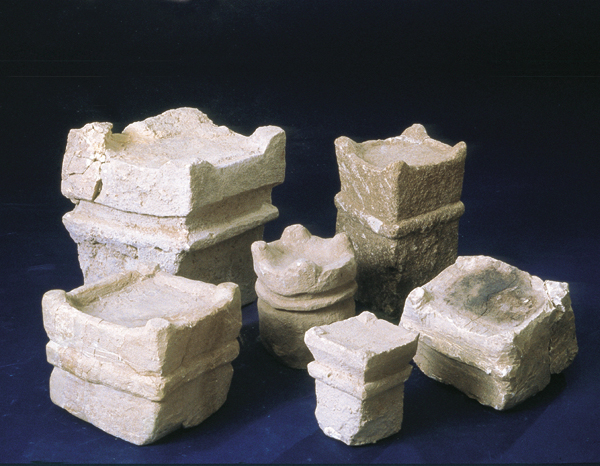
Archaeological artifacts do not interpret themselves. Here’s a case in point: Some 40 relatively small altars were found in at least nine sites in Palestine. After most scholars agreed that they were intended for burning incense, they were designated “incense altars.” I too once subscribed to the belief that they were incense altars, but am now convinced that is wrong.
But not simply wrong: This faulty interpretation leads to a misunderstanding regarding ancient Israel’s cultic practices.
These altars have turned up in excavations since 1912. The most recent and largest assemblage ever found, approximately 20 altars, was discovered at the famous Philistine site of Ekron (Tel Miqne) in an ongoing excavation jointly led by Trude Dothan of the Hebrew University and Seymour Gitin of the W. F. Albright School for Archaeological Research in Jerusalem. The recovery of such a large assemblage naturally leads to renewed interest in these altars.
Ekron is not the only site where they have appeared in considerable numbers. Nine were recovered from Megiddo, and six have shown up at Tel Dan, in the ongoing excavation led by Avraham Biran of Hebrew Union College. One was even discovered in Nineveh in Assyria, a curious fact to which we will return.
Already a library member? Log in here.
Institution user? Log in with your IP address.

